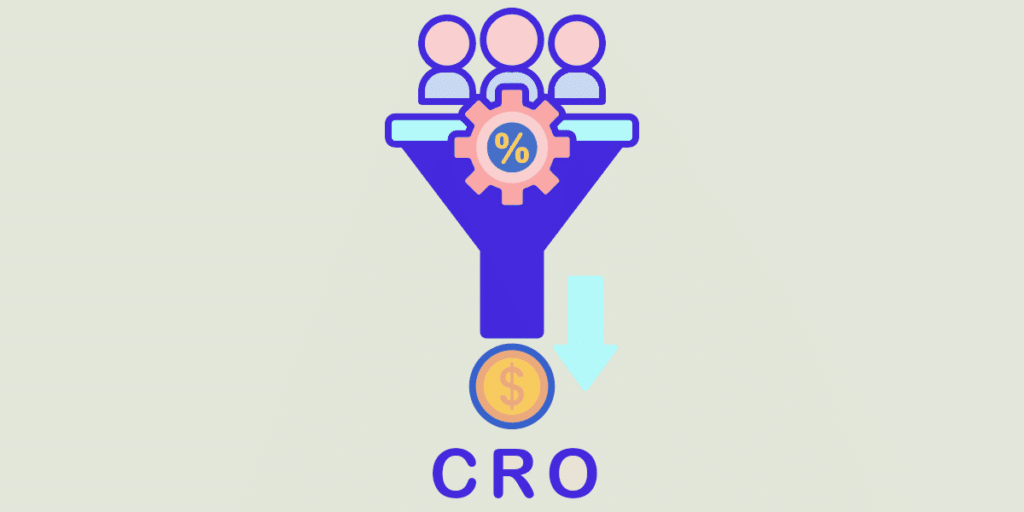Whether for websites, sales pages or other landing pages, companies have every interest in optimising their conversion rate. To do this, they have a range of tools and methods at their disposal. This is known as CRO (Conversion Rate Optimisation). In this article, we explain what it's for and how to set it up.
What is CRO?
CRO stands for conversion rate optimisation. It is a set of methods, tools and techniques used to optimise the conversion rate at every stage of the customer journey. CRO is generally used to improve the effectiveness of an organisation’s website, home page, sales page or mobile application.
Setting up a CRO involves auditing the performance of a company’s marketing actions, website or landing page.
How can you optimise your conversion rate?
To optimise the conversion rate, companies need to improve the user experience and personalise the customer journey. But first, they need to put their CRO strategy in place by following these 3 steps.
1. Data analysis
The basis of a CRO strategy is data analytics. This involves analysing the various marketing actions implemented and user behaviour.
To do this, you need to take into account both quantitative and qualitative data:
- Quantitative data: this enables you to answer various questions, such as: What is the average customer basket? How effective are marketing campaigns? What is the return on investment? Which pages are losing you customers? What is the click-through rate? What is the conversion tunnel through which prospects enter and leave your site? To answer these questions, use Google Analytics, which allows you to analyse the quantitative data for a website.
- Qualitative data: this provides another type of answer, such as: How do web users discover the brand? How do they use it? What issues do they face? How do they make decisions? Here you will use other tools, such as satisfaction surveys, polls or AB tests.
By answering these questions, the CRO helps to improve customer knowledge.

2. AB testing
AB testing is one of the key methods used in marketing and CRO. It is also used by DevOps to continually improve their solution.
The principle is simple: you test different scenarios to select the most relevant.
To do this, you first need to formulate different hypotheses: these are called scenarios. For example: highlight top sellers, change the call to action button, add new, more dynamic images, change the hook of the sales pitch, etc. All aspects of your website or landing page (design, usability, content, etc.) need to be tested. For each of them, the aim is to find the most effective option for optimising conversion rates.
Beyond the website or landing page, don’t hesitate to carry out tests by segmenting your target (geographical sector, gender, age, etc.).
In concrete terms, you test variant A with a sample of web users. At the same time, you test variant B with another sample. Then you compare the two and select the one with the most positive feedback. And you do this for all the elements of the page to be optimised.
Good to know: A/B testing doesn’t always work. It may be that two variants achieve the same results with your target audience. In that case, keep proposing variants until you identify one that stands out from the others.
3. Optimisation
The final stage in CRO is the integration of the best variants into your website, landing page, etc.
The idea here is to personalise the user experience as much as possible so that you address your prospects and customers in the most relevant way possible.
Good to know: don’t hesitate to go further in your analysis and try to understand why one version works better (or worse) than another. This will give you a better understanding of your target audience.

Things to remember
- CRO (or conversion rate optimisation) refers to all the tools and methods used to optimise the conversion rate.
- CRO is implemented in 3 phases: analysis, testing and optimisation.
- The ultimate aim is to improve customer knowledge in order to personalise the conversion tunnel as much as possible.










